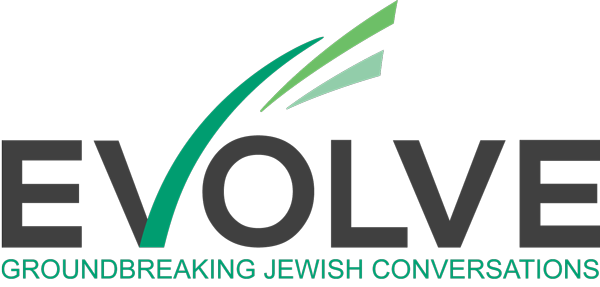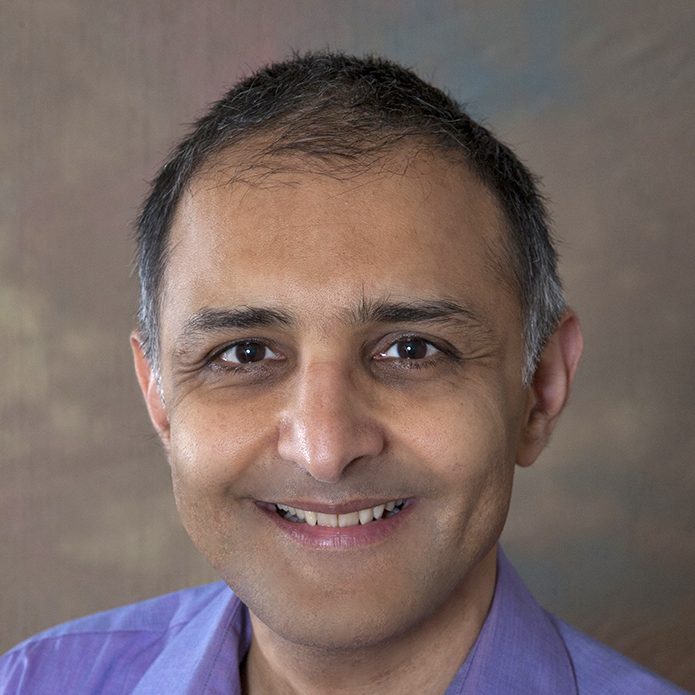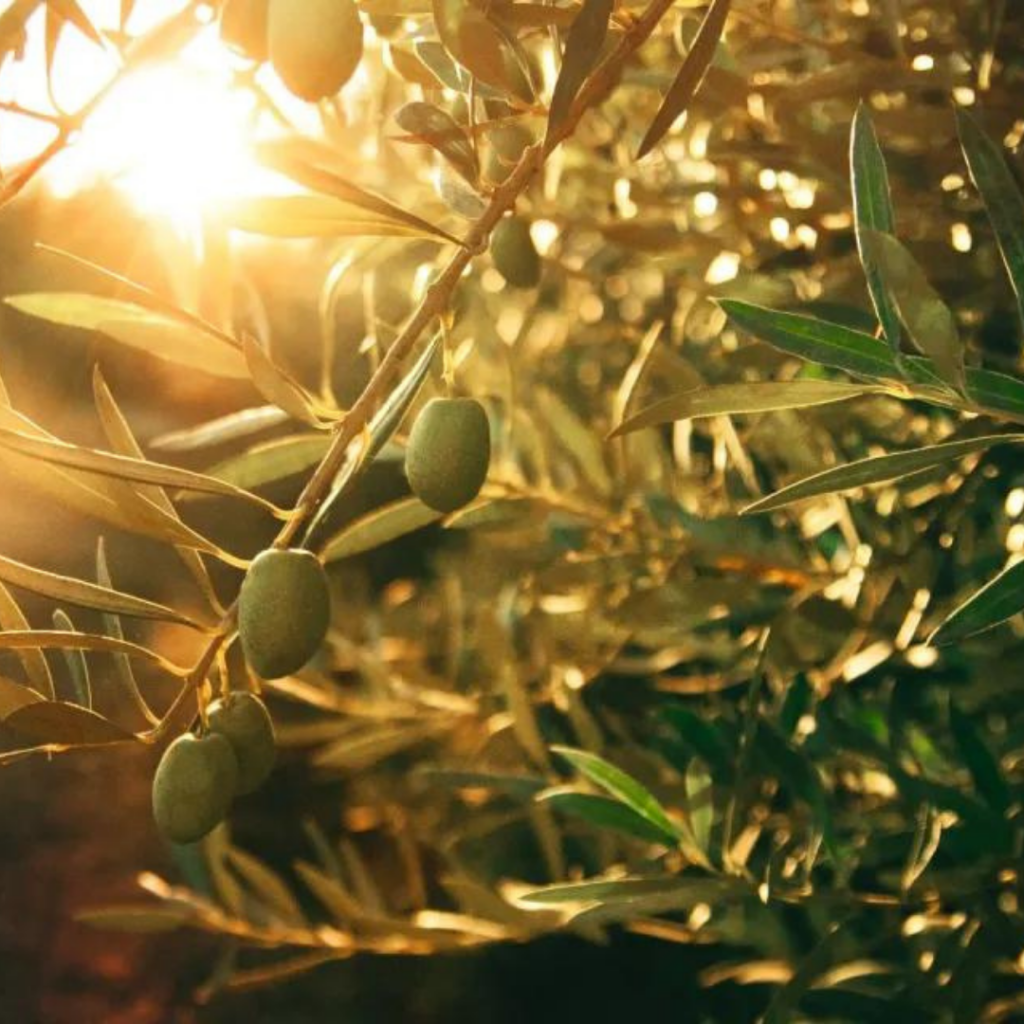A clinical psychologist who specializes in treating trauma, Ravital offers three suggestions about how to approach our despair about the state of the world.
Over this past year, I have been struggling a lot with the emotion of despair. Despair over our political landscape, despair over the degree of ongoing violence and inhumanity in the world, and despair at the degradation of the global ecosystem. Perhaps some of you have been experiencing something similar, and if so, I hope my exploration will be of use to us together.
Despair is the absence of hope. It is the felt conviction that a dire situation will not improve, even with one’s best efforts.
My first large-dose encounter with despair occurred when I was 23. This was 1990. I had started working as a research scientist at a prominent climate science laboratory near Princeton, N.J. The senior scientists were creating mathematical models of the earth’s climate. This looked like a mesh or grid of a few thousand points of ground-level temperatures around the earth. The mesh would stack upwards every kilometer or so to capture air temperature, wind flow, moisture and cloud content at different altitudes above the ground. The fancier models would have a grid going under the sea to capture ocean temperatures and currents. They would fill this grid up with current day values and run the model forward — five years, 10, 50 or 100 years into the future.
They would simulate human-made pollution of carbon dioxide into the atmosphere, which as we all know leads to heat being trapped, more moisture in the atmosphere and so on.
So they would run these simulations forwards with a range of assumptions — higher outputs of CO2, slightly lower outputs, drastic cutting back. Thousands upon thousands of simulations.
We found that unless we virtually cut the faucet on CO2 emissions within 10 to 20 years, the models kept on predicting temperatures rising, sea ice melting, more hurricanes of greater violence and so on. Here it was, 1990, and all these models were showing climate calamity over the next 100 years. The science was clear, even back then, and no one at the governmental level seemed to be listening.
So one day, I went to my boss, Bram Oort, a man who had spent his life meticulously looking at these connections, and asked him how he coped with the direness of all these simulations. Dr. Oort was also one of the gentlest, kindest mentors I’ve had. He had been practicing Tibetan Buddhism for years. Drawing, I am sure, on his depth of meditation practice, he said, “Maybe it’s all we can do to bear witness as the ecosystem — and maybe humanity —dies.” That afternoon, I shut the door to my office and turned off my computer monitor. And I wept.
Six months later, I began looking into graduate programs in clinical psychology. Because I couldn’t do it. I couldn’t “bear silent witness,” spending my career watching our predictions go unheeded and the planet go sliding into slow collapse. I needed to be where I could actually see the tangible results of my work, and this wasn’t it. Also, I felt that the root of the crisis had less to do with scientific or technical obstacles and much more with something in our collective psyche that was seriously out of balance. And so, two years after that decision, I began my training as a therapist, learning to heal hearts that were out of balance, and in the process work on healing the despair of my own soul.
When we are faced with overwhelming pain, grief or fear, there are times when we might be ready to sit with the magnitude of it all, to bear witness, as Dr. Oort said. Graciously, with a heart that is simultaneously wide open and breaking apart, we turn towards the pain, breathe love into it and tend it with gentleness even as the tears flow.
But there may also be times when we need to turn away from the pain, because it feels too unbearable, as if it will swallow us alive. And in those moments, we may find ourselves, as I did, ready to turn towards something — anything — where we feel more agency.
I invite us to take a moment in silent meditation, to consider. Where is that place of pain? Do I dare look at it? Can I sit with it and tend to it? Or is it too much right now? It is OK just to notice where you are in this? No judgments, just open into an awareness of your relationship to the pain you might be holding.
So I turned away from that overpowering despair I could not bear and built a life in Philadelphia. A good life. I met a fellow spiritual traveler in my wife, Genie, started a family, and joined a pretty amazing community in the Philadelphia neighborhood of Mount Airy.
And I built a career. I learned over the next two decades to work with clients in unremitting emotional pain — clients who turned away from their own despair by chronically drinking, binging and purging, or trying, scarily, to repeatedly end their life.
Often, these patterns were rooted in deep childhood trauma. What helped these clients was showing them that they had a choice. They could turn towards their pain, their traumatic stories, and “bear witness” with compassion rather than self-loathing. Or they could turn away from the pain and focus on building a life that they actually found worth living. Both approaches work, and sometimes, a client is compelled in one direction more than another.
It happens often that a client comes in with an unbearably painful past or holds a poor prognosis for their future. And I would get just as caught as them in the story of their grief or despair. To help them get unstuck and live more freely within the present, I have had to learn and practice some key principles myself. Neale Donald Walsch describes some of these beautifully in his book, Conversations With God.
The first principle is that the past and the future do not exist, except as stories, images and beliefs in the mind that occur in this holy present moment. You can remember the meal you had just before coming to the service here, but that table of food no longer exists, except as an image in the mind and a sensation of fullness in the body. I can imagine tomorrow’s weather, but it, too, only exists as a picture, a memory of a weather report, a feeling of hope for sunshine and warmth — all of them occurring in the mind, right now.
It takes a methodical practice of mindful attention to pick up these distinctions with our most troublesome, painful emotions. I think of these stories of the past and stories of the future as “dreams” — taking place, of course, now, simultaneously and alongside this very moment. Because where else would they be?
And as clients begin to understand the story-like, dream-like nature of their deepest traumas and biggest fears, I have noticed that a gradual waking up would occur. Because no matter how gripping or mesmerizing the dreams are, in the present moment there is always a choice about how to respond.
As I engage — daily, hourly, moment to moment — with this process of waking up, I’m finding I can start to do something that 30 years ago, I couldn’t bear to do. I’m letting go of the fearful stories of the future of this planet and starting to let in the heartache that already exists in the present. I’m also letting myself entertain other, more hopeful stories of different futures — ones in which trees and solar panels flourish around clusters of engaged, compassionate and wise communities of humans. Why? Because that future interests me more, and I’d much more like us to step closer towards it than towards the one with endless smokestacks and disappearing sea ice.
So this is the first valuable principle I have learned and try to practice. It is my ongoing teshuvah, my returning over and over to this holy present moment.
The second principle I learned in order to help my clients get unstuck and be free to live a better life for themselves is this: withholding judgments. When we call a person, situation or thing “good” or “bad,” “right” or “wrong,” we cause suffering in ourselves and in those around us. Judgments are not actually about the person, situation or thing itself, but reflect our reaction to it. As such, judgments exist in the mind and not out in reality. A rainy day is not intrinsically worse than a sunny day. After all, what is disastrous for my picnic plans may be wonderful for the farmer who has been waiting for the rains to fall. And it is accurate to say, “I wish it weren’t raining,” but not accurate to say that the weather “is terrible.” Switching from judgmental to non-judgmental thinking helps us stay more closely aligned to reality as it actually is, and not to confuse our dreaming, scheming mental constructs with the world around us. And this, in turn, helps us navigate life with more flexibility.
How far can we take this principle? The more I brought it to bear with clients, the more areas we found in which it can be applied. One client went as far as realizing that her core trauma, while having stunted her happiness for years, had also given her an exquisite sensitivity and sense of empathy for other people in pain — something she would never wish to let go of. And so, she came to accept that the trauma had occurred; it had brought both pain as well as gifts she cherished.
I began to think, could this principle — the notion that there is no good or evil in the world — apply to society at large? To political situations? To the perilous state of the natural world? Does it not lead to nihilism, cynicism and further despair? One might think so, and I was very cautious and fearful about extending a useful therapy tool and ending up with those spiritual outcomes.So let me take it from a spiritual place and bring it back. We recite in the Amidah:
Kadosh Kadosh Kadosh Adonai Tz’va’ot M’lo Khol Ha’aretz K’vodo
Holy, holy, holy, is the LORD of hosts; the whole Earth is full of God’s glory. — Isaiah 6:3
And also:
Yimloch Adonai L’Olam, Elohayikh Tziyon, L’dor Vador, Halleluyah
The Lord shall reign forever, Your God, O Zion, from generation to generation, Hallelujah — Psalms 146:10
Can we take these verses fully to heart, wholely, authentically and in our day-to-day living moments? Can we come from a place in ourselves from which we see that the whole Earth is infused with holiness? Can we trust that “The Lord” — the core energy of Creation of All There Is, which transcends our binary good vs bad distinctions — actually reigns completely and for all time?
And so, I have been testing it out, first in small ways in my life. And I found that every situation that I called “bad” (meaning I didn’t want it) actually brought with it a host of ancillary effects, some of them desired and others not so much. A year ago, our beloved dog Ollie got hit by a car and died. We mourned and grieved as a family. We felt guilt. I replayed the scene in my mind. Nothing, of course, can bring him back. But over time, months on, I noticed that each moment in which the memory and grief played itself out also had innumerable delightful attributes that I was not focusing on. A stroll through the neighborhood brought back memories (with a twinge of sadness) of walking Ollie. But it also held secret delights: The sun coming in just this way through the trees, a neighbor opening a conversation with me. Which aspect I focused on, the dream-like grief or the sharp tang of this moment, started to feel like a place in which I had choice.
A similar shift has started happening with my despair over the state of the planet. Being so focused on a tyrannical political process taking place in our country keeps me from fully taking in the amazing resurgence of civic activism, courageous challenges to the regime, and a clarity about love and fairness in the political realm that I have never seen in my lifetime.
Could it be that what we call good and what we call bad are all entangled in a fractalized, multidimensional mosaic of cause and effect so complex that only a God’s eye view of it can see the full, holy order of it all? Can we bless the rain, even as it falls on our picnic, having faith that it serves a good purpose somewhere for someone?
And can it be that humanity perhaps had to come to the brink of poisoning our home in order for us to wake up collectively into a renewed sense of responsibility, stewardship and love for this amazing world? Maybe so. Maybe, as my client whose trauma also gifted her with an unparalleled sensitivity and empathy for others, we can learn to accept that humanity’s past is just what it has been — tortured, fractured, messy — and, through it all, seeds of a future renaissance are being created should we, collectively, choose it. All of it, our collective past, this current moment in history and the tomorrows we dream into being sparkle with holiness.
The third and final principle that I learned to help my clients build “a life worth living,” as we came to call it, is the following. Within each of us dwells a soft but sure voice, our inner Wise Mind, which unerringly points us to the next step that we can take to move us towards freedom and wholeness. In learning to be mindfully attentive of the multilayered field of our own consciousness, we can notice the place of memories (the past), the place of expectations (the future), the place of preferences and emotions (our judgments) and the place of Wise Knowing. It is there, if we listen quietly, underneath and around all these other places. It is in the reflex that tells you to quickly swerve left on the highway so that you avoid the car coming in too fast from the other lane before you notice it. It is in the intuition that tells you to take that job that you’re feeling ambivalent about. It is in the gut reaction that tells you to step into a place of risk and fear, as I did when I was asked to deliver this talk, when I had no idea at first what I would write about.
Following one’s Wise Mind is like discovering a secret channel of information and advice that is on 24 hours a day, just for you. The first step is to trust that it exists. The next step is to start listening for it. It could be an inner knowing. A song whose lyrics stick with you for some reason (pay attention to that!) or the next person you meet and the question they ask of you.
This principle can start us on a path of listening deeply for the blessings and opportunities embedded within each moment. And each of us has our own access to Wise Mind; we can think of it as our own hotline to God, or if you prefer less God-like language, simply to the wisdom that is our birthright as humans. If each of us has access to Wise Mind, then we don’t need to force other people to change. We can begin to surrender to a trust that each of us, the world over, is in our own time line, slow or fast, waking up to our own Wise Mind, our own spark of holiness. One of the surest ways to help another find that spark in them is to practice turning towards one’s own. That’s work enough for a lifetime.
